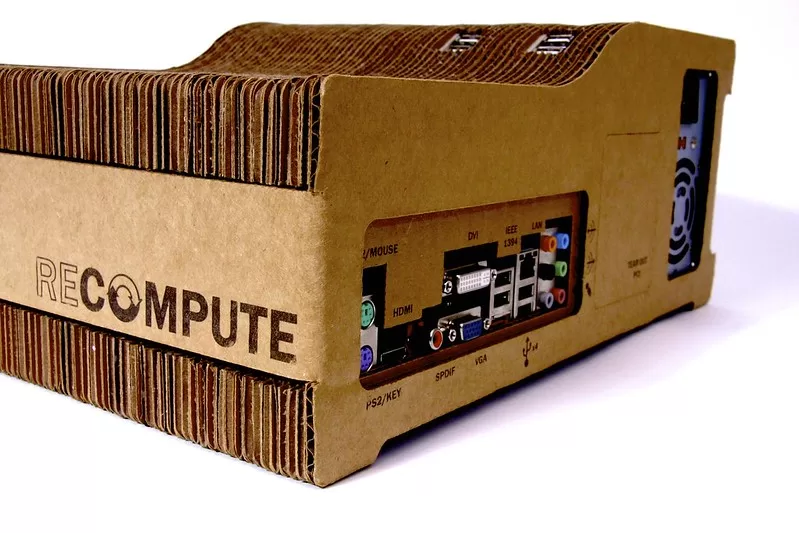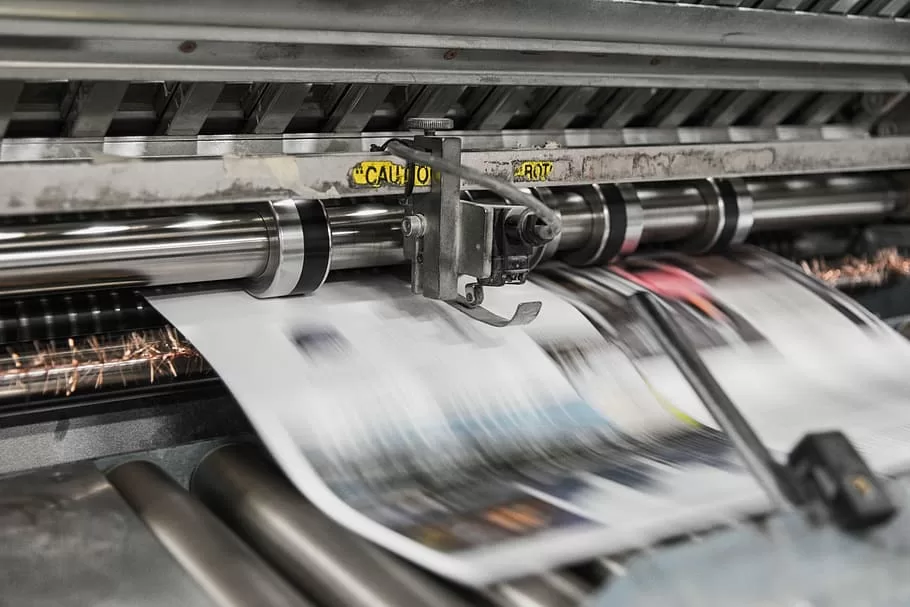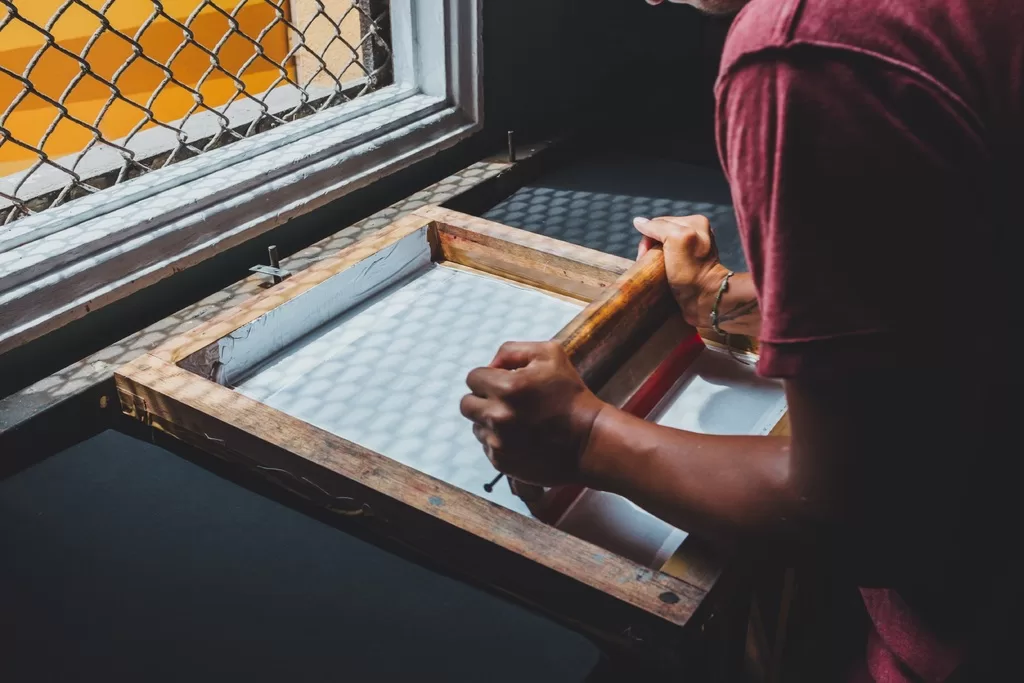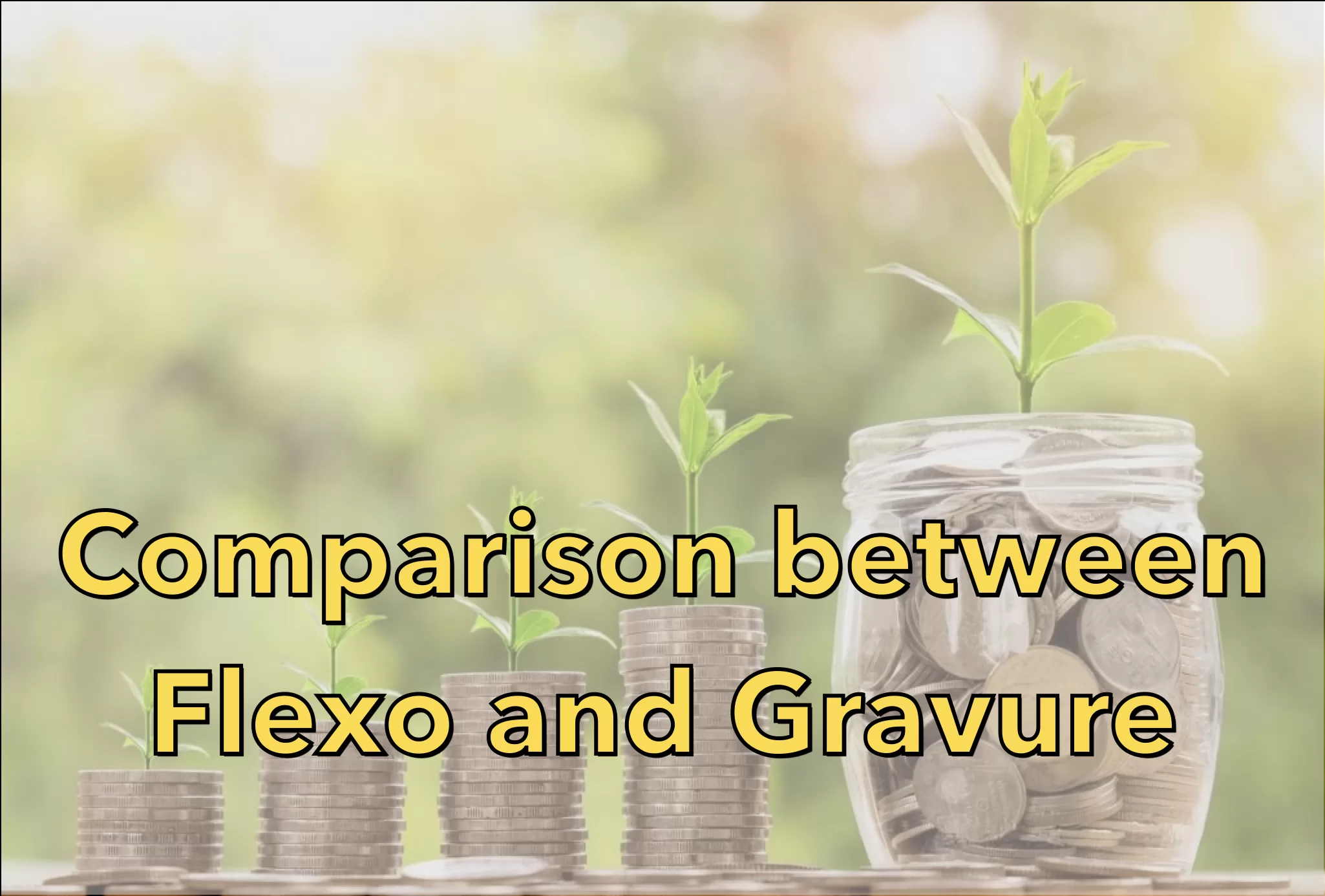The importance of corrugated printing to the packaging and branding industry cannot be overstated. Corrugated packaging serves as a critical medium for both protecting and promoting products, and is often the first point of contact with the consumer. However, the unique texture and composition of corrugated substrates present specific challenges for printing, requiring techniques that can deliver both durability and aesthetic appeal. This article delves into comparing different techniques for printing on corrugated boards.
Corrugated Printing Techniques
Several printing techniques are available for corrugated substrates, including offset lithography (litho lamination), gravure, screen, flexography (flexo) and digital printing. Each process has distinct advantages and limitations in terms of cost, quality and scalability.
Offset Lithography (Litho Lamination)
It involves printing on a separate sheet which is then laminated to the corrugated board. This technique is praised for its high resolution and exceptional customisation options. Litho delivers sharp images and vibrant colours, making it ideal for visually stunning packaging. However, it tends to be cost prohibitive due to the additional lamination step and is primarily suited to high-end packaging applications.
Gravure
It involves engraving your design onto a cylinder before transferring the image to the substrate. Known for producing high quality, durable images with fine detail, gravure is well suited to long production runs. However, its high set-up costs and inefficiency for short runs make it less viable for many corrugated packaging applications.
Screen Printing
It utilises a stencil or screen to apply layers of ink to the substrate. This method excels at producing vibrant colours and is effective for short runs. However, the process is labour-intensive and time-consuming, making it impractical for large-scale corrugated printing projects.
Digital Printing
It uses digital files to print directly onto the substrate, allowing quick set-up and highly customisable prints. It offers high quality images and minimal makeready time, making it ideal for short-run and prototype packaging. However, digital printing tends to be slower and more expensive per unit than other techniques, which limits its viability for long production runs.
Flexo Printing: The Best Choice
Flexography involves the use of flexible relief plates to transfer ink onto corrugated substrates. This technique is particularly advantageous for its cost-effectiveness in large volumes, making it the first choice for high-volume packaging requirements. Flexo is gentle on substrates, reducing the risk of damaging the corrugated material. In addition, modern flexo presses can produce vibrant graphics comparable to other high quality printing methods.
Compared to other techniques, flexo stands out for its ability to handle different inks and substrates efficiently. Unlike litho, it doesn’t require an additional lamination step, which significantly reduces costs. Flexo’s set-up costs are lower than gravure, and its speed and volume capabilities exceed those of digital and screen printing. These attributes make flexo a pragmatic and versatile choice for corrugated printing that balances quality, cost and efficiency.
Technological Advances: Hybrid Presses
Hybrid presses, which combine digital and flexo technologies, are revolutionising the corrugated printing landscape. These presses offer the flexibility of digital printing for short runs and customisation, with the efficiency and cost benefits of flexo for longer runs. Integration allows on-the-fly adjustments and variable printing, improving efficiency and reducing waste. Trends indicate a growing market shift towards hybrid presses that combine the best of both worlds for corrugated packaging.
Conclusion
Choosing the right printing technology for corrugated substrates is critical to effective branding and cost management. While litho, gravure, screen and digital each have their merits, flexography is proving to be the superior choice due to its cost effectiveness, efficiency and quality in handling high volumes.
With technological advances such as hybrid presses continuing to evolve, the future of corrugated printing techniques looks promising, providing more options for comparing and choosing from. This ensures that brands can achieve both impactful and economically viable packaging solutions.






